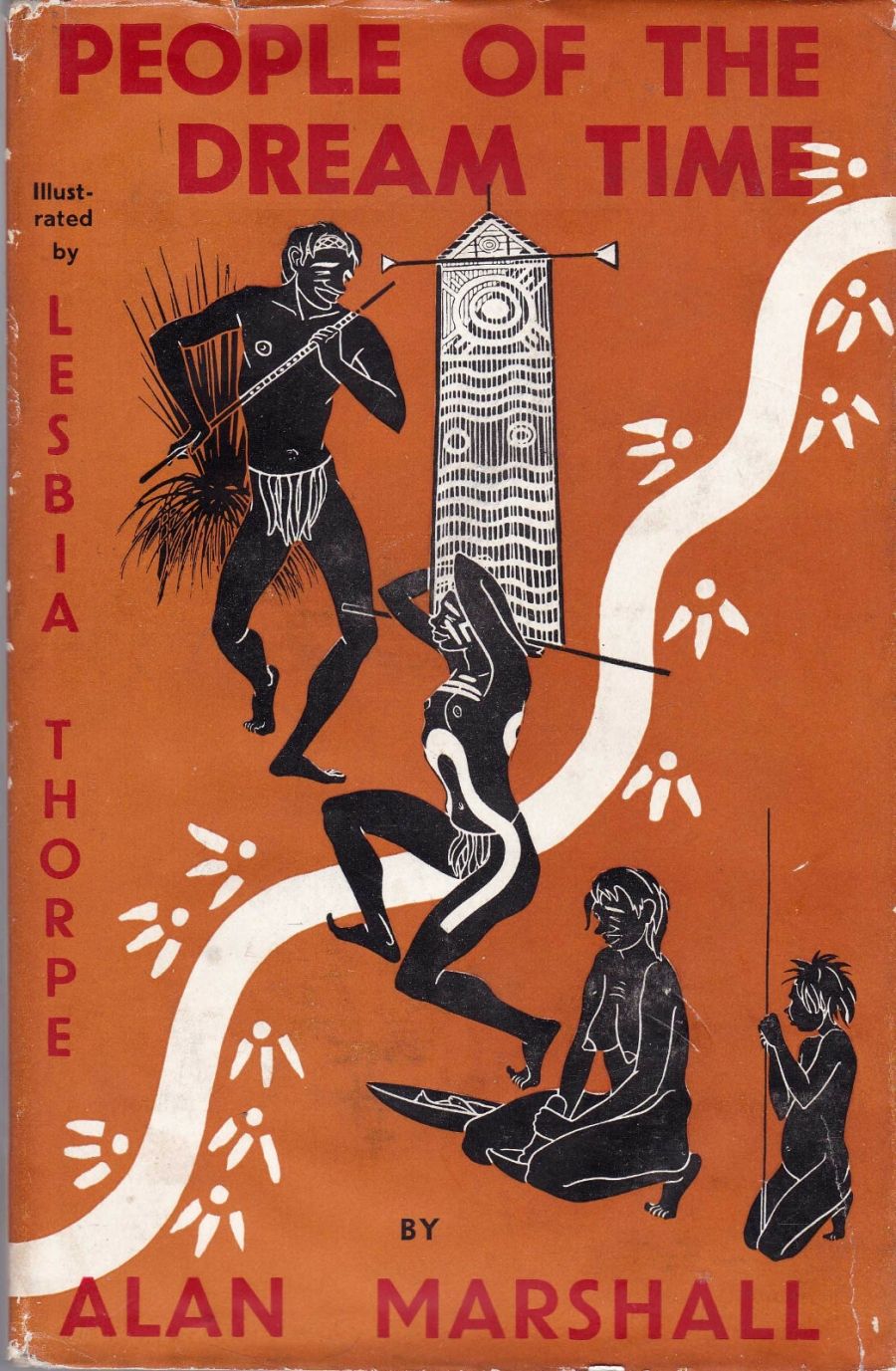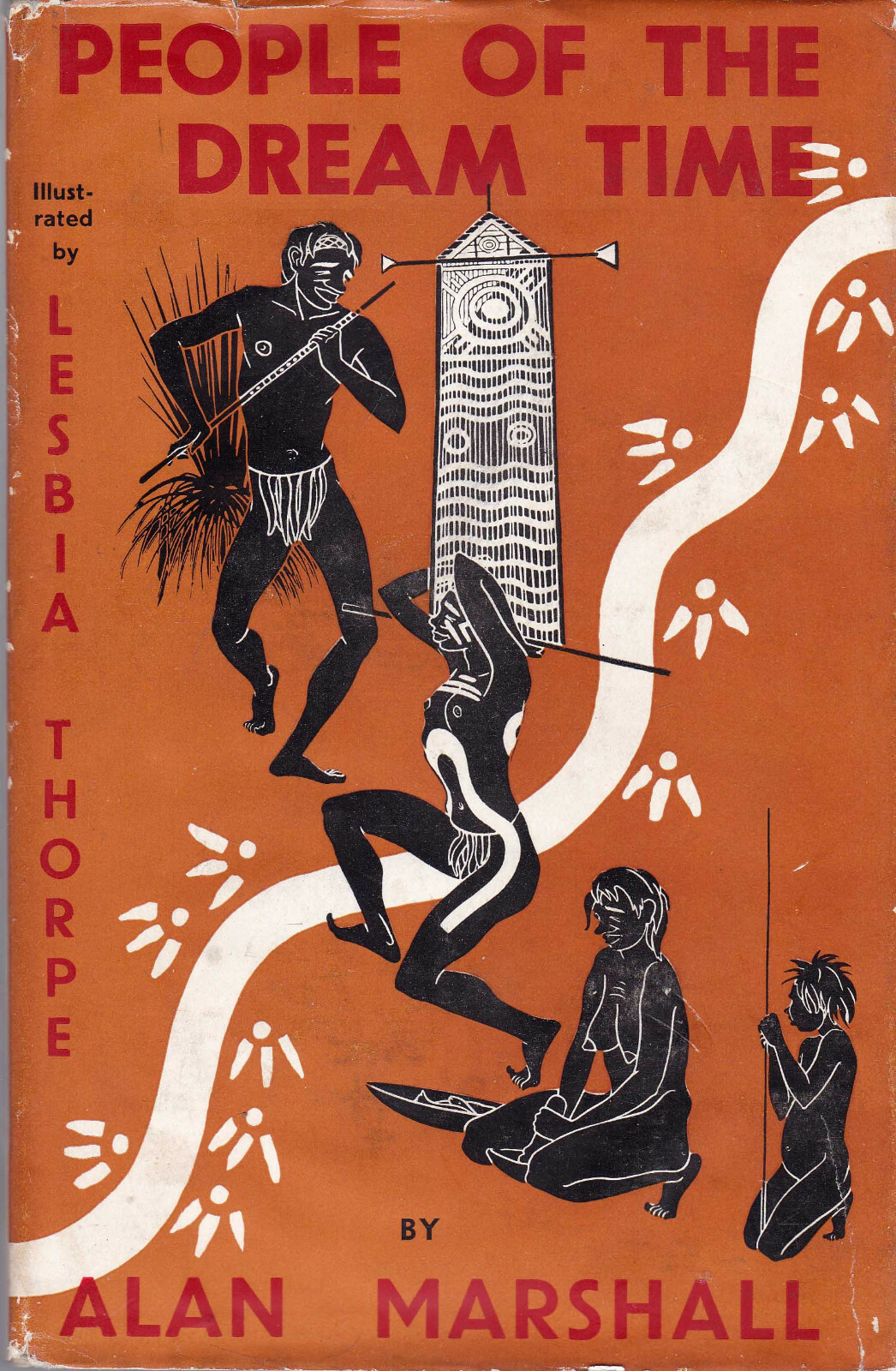
- Free Article: No
- Contents Category: Literary Studies
- Review Article: Yes
- Article Title: Narrative as Verse
- Online Only: No
- Custom Highlight Text:
The functions of literature in a society are many and varied and often there is a good correlation between what a people’s literature says about them and what they say about themselves. This is certainly true of the traditional literature of the Aborigines of Australia as exemplified in their myths and legends and of the traditional pattern of life which, laid down in The Dreaming, was followed so well until the European settlement and the resultant culture clash.
- Book 1 Title: People of the Dreamtime
- Book 1 Biblio: Hyland House $9.95 hb, 104 pp
- Book 1 Cover Small (400 x 600):

- Book 1 Cover (800 x 1200):

In reissuing People of the Dreamtime written by Alan Marshall, with some remarkably vibrant illustrations by Miriam-Rose Ungunmerr, (a member of the Moil tribe near the Daly River) Hyland House publishers have provided a most useful addition to Australian literature for children of all ages whose capacity for exercising their individual capacities of expressing wonder and delight have not been thoroughly blunted or completely atrophied by current styles of late twentieth century living.
The stories, presented in blank verse format, range through the whole spectrum of human relationships and provide reasons for natural phenomena and explanations of the role and function of all living species within the Arnhem Land environment which blend elements of realism and the marvellous in a unique and fascinating way. Always the underlying ethos of cooperation and the ultimate fate of those transgressing this is present but, and herein lies the difference, the presence of such factors is subtle in presentation and the action and dialogue of each narrative remains primary in impression upon the reader.


Comments powered by CComment